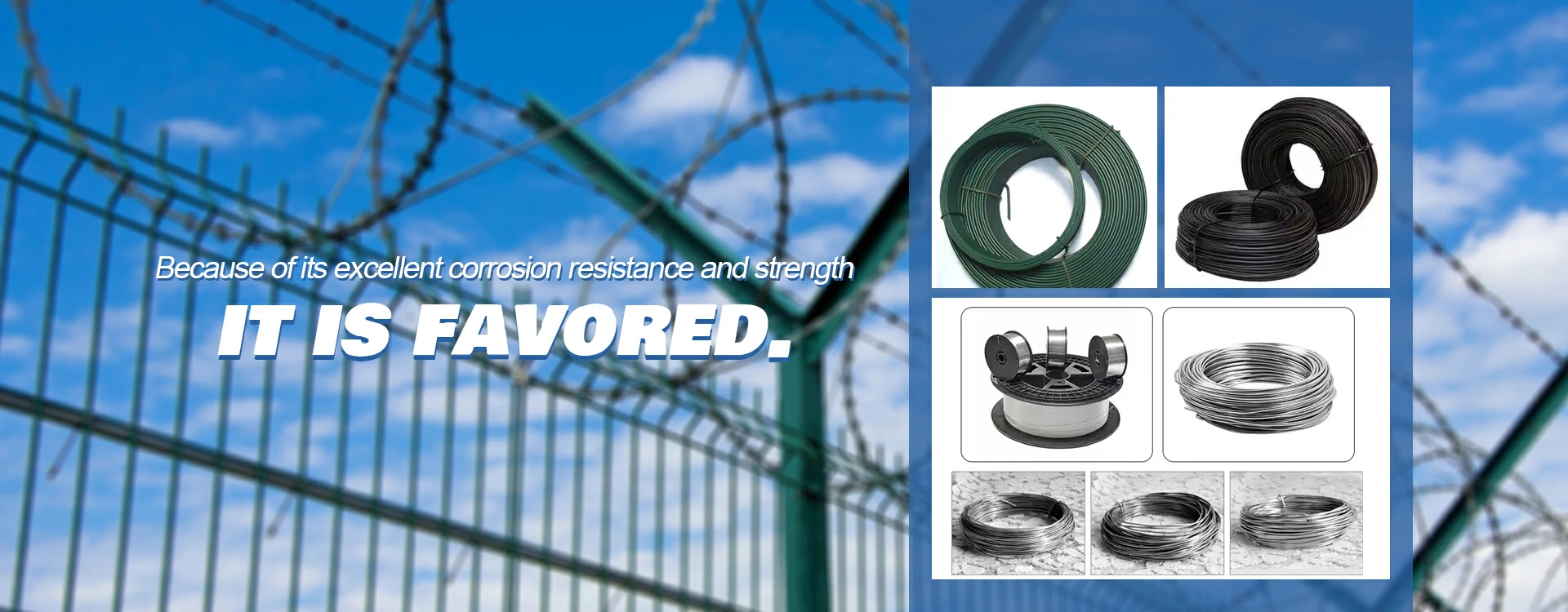 TEL:
+86-13102802206
TEL:
+86-13102802206
 Email:
fencenetting@china.com
Email:
fencenetting@china.com
 Language
Language
 TEL:
+86-13102802206
TEL:
+86-13102802206
 Email:
fencenetting@china.com
Email:
fencenetting@china.com
 Language
Language


The Importance of Mine Site Fencing
In the mining industry, safety and security are paramount. One of the fundamental measures to ensure these two aspects is the implementation of effective mine site fencing. Fencing serves as a crucial barrier that protects both the site and surrounding community while also providing a secure environment for workers. In this article, we will explore the various reasons why mine site fencing is essential, the types of fencing available, and best practices for successful implementation.
First and foremost, mine site fencing plays a critical role in safety. Mining operations often involve hazardous materials, heavy machinery, and unstable terrain, making these sites inherently dangerous. Fencing acts as a physical barrier that helps prevent unauthorized access, particularly by children or individuals who may not be aware of the potential dangers. By restricting access to the site, mining companies can significantly reduce the risk of accidents and injuries, thereby promoting a safer working environment.
In addition to safety, mine site fencing is also vital for security reasons
. Mining operations can be targets for theft and vandalism. Valuable equipment, minerals, and resources are often left unattended, making them susceptible to criminal activity. A well-constructed fence deters potential intruders and provides a secure perimeter around the site. Furthermore, enhanced security measures such as surveillance cameras and alarm systems can be integrated with fencing solutions, creating a comprehensive security network that protects assets and promotes operational integrity.Another essential aspect of mine site fencing is environmental protection. Mining activities can have significant impacts on the surrounding ecosystem. Fencing can help mitigate these effects by delineating operational areas and preventing damage to nearby habitats. By controlling access, companies can protect sensitive ecological zones and support sustainable mining practices. This not only enhances the company’s reputation but also helps maintain a social license to operate within the community.

Various types of fencing options exist, each designed to meet different needs and budgets. Chain-link fencing is a common choice due to its affordability and versatility. However, for enhanced security, options such as palisade fencing or welded wire fencing may be more appropriate. In some cases, electric fencing may be employed for high-risk areas. It is crucial for mining companies to assess their specific needs and select the appropriate type of fencing that balances security, visibility, and budget considerations.
Best practices for implementing mine site fencing include thorough planning and consultation with local communities. It is essential to consider the local geography, climate, and potential environmental impact when designing the fencing layout. Additionally, involving local stakeholders in the planning process fosters goodwill and transparency, which can lead to better community relations and support.
Regular maintenance of the fencing is also crucial. Periodic inspections should be conducted to identify any damages or weaknesses that may compromise the integrity of the barrier. Prompt repairs should be made to ensure the fencing remains effective at deterring unauthorized access and protecting the site.
In conclusion, mine site fencing is not merely a physical barrier; it is a critical component of safety, security, and environmental stewardship in the mining industry. By investing in effective fencing solutions, mining companies can safeguard their operations, protect their assets, and contribute positively to community welfare. As the industry continues to evolve, the importance of comprehensive fencing strategies cannot be overstated, making it an indispensable element of responsible mining practices.